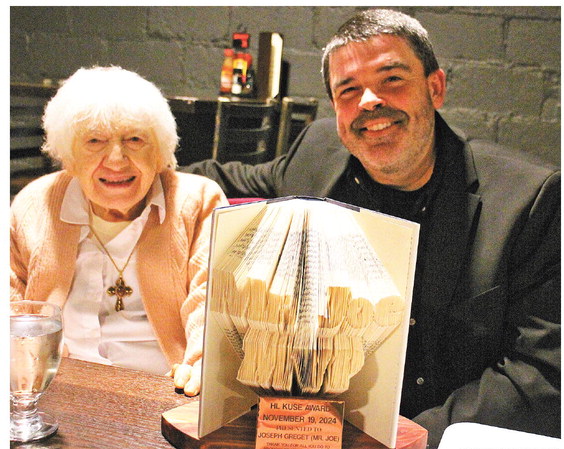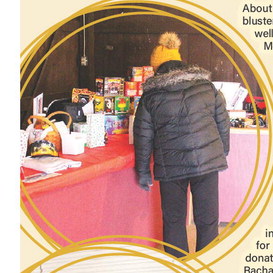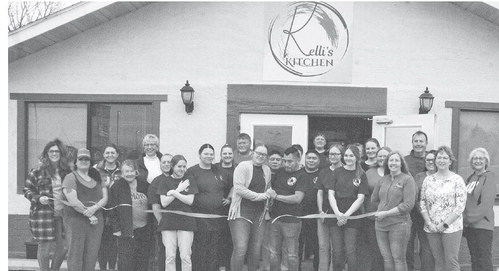Help out pollinators by planting native varieties


Butterflies, bumblebees, hummingbirds – these pollinators are essential to the ecosystem and are slowly running out of habitat. But, everyone can help, starting with the plants they choose for their garden this spring.
Native plants are important, because they are designed and adapted to live in a specific environment, with local climate and soils. This makes them low maintenance and more likely to survive after becoming established. That means less work, water and fertilizer for the planter.
Because native plants are meant to live in one place, native pollinators have evolved to be able to extract nectar from these plants, using a specialized bill or mandible, or to digest the plants if they contain a certain enzyme.
Attracting pollinators to these plants helps them do their job, which is pollinate. They’ll help spread these plants around the environment, and produce fruit and seeds for other wildlife, increasing biodiversity.
Monarch butterflies are excellent pollinators, but their population has declined by 90 percent in the last decade, from a drastic loss in habitat. To help the butterflies out, add milkweed to the garden – they depend on it 100 percent for their food source.
Milkweed is consumed by monarch larvae, the black, white and yellow-striped caterpillars seen from June through early September. Because milkweed is the only plant monarch larvae eat, adult monarchs lay their eggs on milkweed, making it a vital part of their life cycle.
Research has found that a chemical in milkweed, known as a cardenolide, gives monarch larvae and adults a bad taste to predators, helping to protect them throughout their life. Once a predator, like a bird, tastes a monarch, they’ll soon associate its pattern and coloring with the bad taste, and will avoid preying on them in the future.
This all means that planting milkweed should be in garden plans if wanting to attract monarchs to the yard. Look for common milkweed (Asclepias syriaca), butterfly weed (Asclepias tuberosa) and red milkweed, also called swamp milkweed (Asclepias incarnata).
Hummingbirds and bumblebees are important pollinators, too. Both have special adaptations to help spread pollen around the garden and beyond, from the tiny hairs all over a bee’s body to the long bill of a hummingbird that causes pollen to get dusted over its face.
If pining for some hummingbirds in the garden, opt for plants with colorful, tubular flowers like columbine, butterfly weed, cardinal flower and wild bergamot.
Most bees aren’t very picky, but there are a few native plants they really love. New England aster and aromatic aster will absolutely buzz with bees late in the summer, and into early fall. Additionally, serving up purple coneflower and Joe-pye weed is never amiss.
Helping pollinators goes beyond the flowers blooming in the warmer months. Keep the pollinator love fest going into the winter, by leaving hollow-stemmed native plants standing in the garden and not cutting them back when the frost hits, as they offer winter homes for some bees.
Spring is when native plant sales start popping up throughout the state, generally from late March until June.
To learn more about plant sales and native plants in general, including resources for planting, visit dnr.wi.gov.




